การ operating table cover industry is changing fast. Clinics want clean rooms. They want fast room turns. They want smart packs that save time and money. This is why we see many new ideas. This guide shows the emerging trends and the market opportunities you can use now.
In simple words, an operating table cover is a barrier. It keeps the table dry and clean. It helps staff work fast. It keeps the patient safe and at ease. Good covers also make clean-up easier after each case.
Below, we share clear points you can use for plans, bids, and training. This is your map to the future of the operating table cover industry.

What buyers want today
Buyers have simple, strong needs. Your offer should speak to these needs.
- Fast room turns
- Strong fluid control
- Soft feel for patient skin
- Low lint and low glare
- Easy to stock and grab
- Fair price with clear value
To support this, pair covers with proven room items like:
- Waterproof table sheets: Disposable medical bed sheet with hydrophilic non woven coated waterproof film
- Robust drape options: High quality disposable non woven SMS bed cover
- Hybrid barrier sheets: Disposable SMS+PE bed cover for hospital
- Team wear for the OR: Sterile surgeon gowns, disposable surgical isolation gown
- Safe patient moves: Disposable patient transfer slide sheet with handles
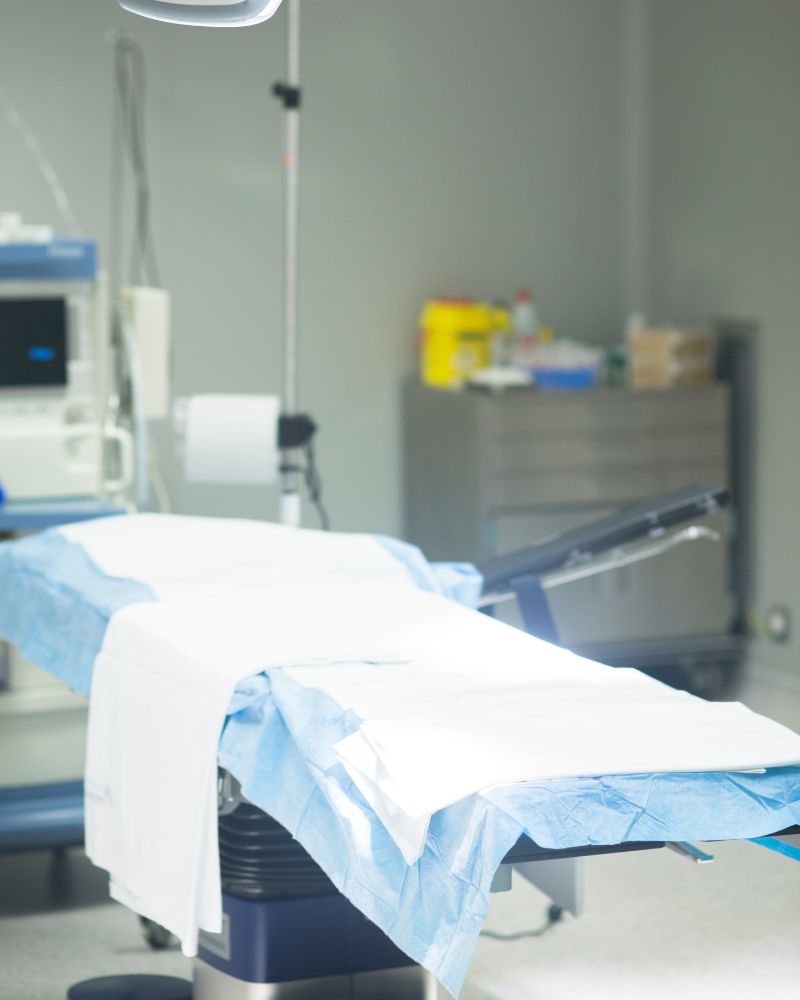
Emerging trends to watch
Here are the top emerging trends. These trends shape buying plans and specs.
- Multi-layer builds
- Top layer for quick dry
- Core layer for fluid hold
- Base with anti-slip
- Better fluid lock
- Channels guide flow away from the edge
- Pads in spill zones to prevent run-off
- Soft touch tops
- Non woven tops for skin comfort
- Low glare for bright lights
- Easy fit designs
- Fitted corners or light elastic
- Clear size marks for fast pick
- Smart pack formats
- Roll packs for long tables
- Z-fold sheets to place with one hand
- Color and zone codes
- Color hints for size or table type
- Quick ID cuts change errors
- Simple trace labels
- Lot and date on the pack
- Helps stock teams and audits
- Mix-and-match kits
- Table cover plus arm board pads
- Cover plus foot-end splash guard
- Low lint builds
- Clean tops for the sterile field
- Helps in rooms with high air control
- Balanced cost
- Value packs for day surgery
- Premium sets for long cases
These emerging trends aim at the same goal: clean, fast, and safe care.
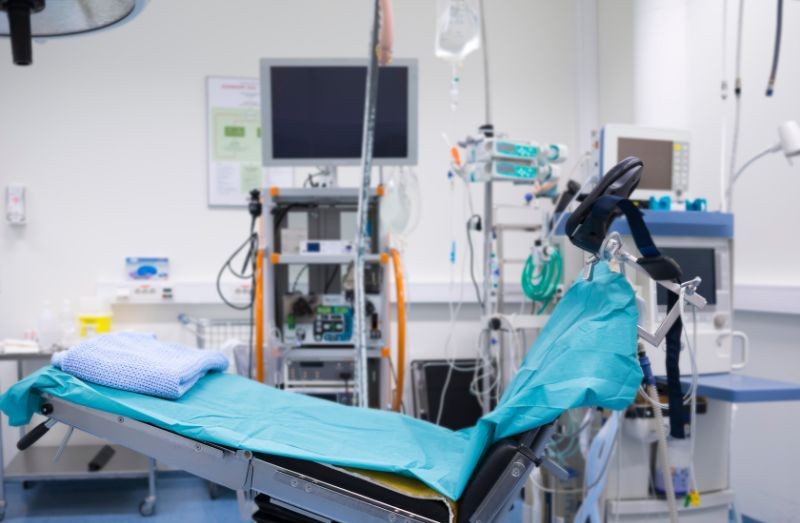
Market opportunities you can act on
There are many market opportunities across care sites. The need grows as more care moves to same-day centers.
- Large hospitals
- Many rooms, many case types
- Need sizes from small to extra long
- Day surgery centers
- Short cases, fast turns
- Want roll packs and simple kits
- Specialty clinics
- Ortho, eye, ENT, and more
- Need precise sizes and add-ons
- Dental and oral surgery
- Short cases with splash control
- Prefer soft tops and easy fit
- Cosmetic surgery
- High room look, soft touch
- Low glare and neat edge finish
- Veterinary surgery
- Mix of table sizes and shapes
- Want strong fluid control
- Mobile and field units
- Tight storage
- Light weight and quick setup
Each site has a clear pain. Solve it with the right cover and pack style. This is how you win in the operating table cover industry.
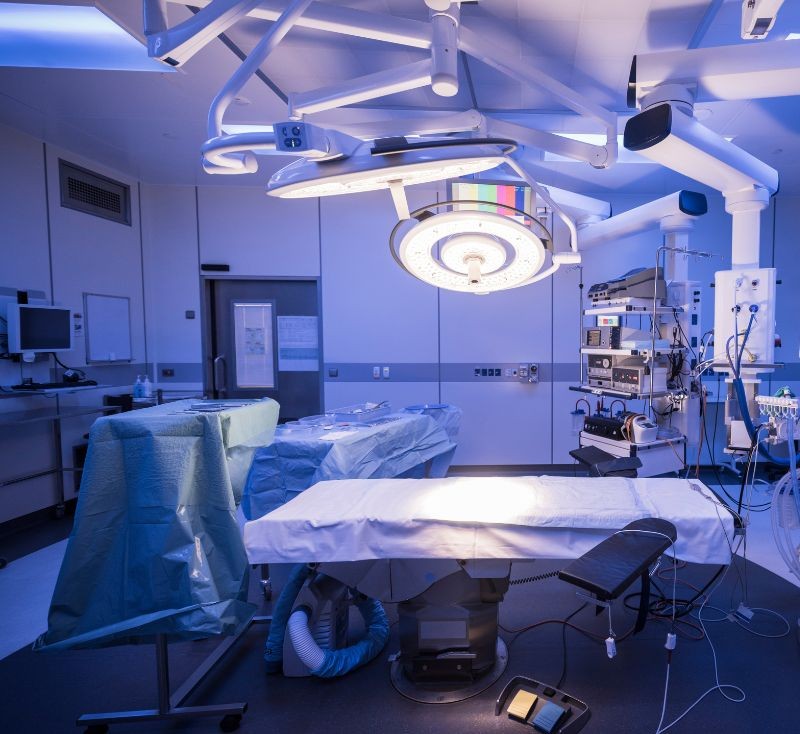
Features that help you win bids
Make your feature list short and strong. Focus on gains people can feel and see.
- Fast placement in under 30 seconds
- Anti-slip base that stays put
- Soft non woven top for comfort
- High absorbency in spill zones
- Low lint for clean fields
- Clear size labels on each pack
- Simple waste fold after use
Back these claims with a one-page brief and a short demo video.
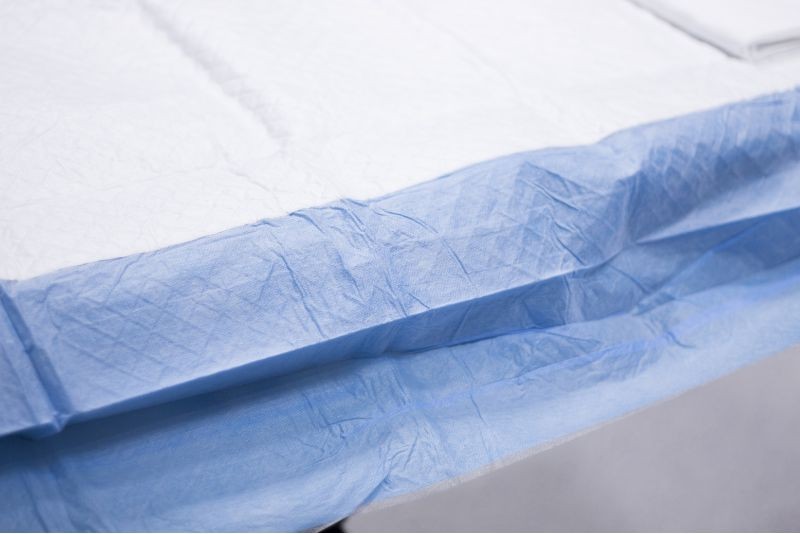
Smart bundles that add value
Bundles save time and lift safety. Offer clean, simple sets.
- OR basic
- Operating table cover
- Waterproof pillow zone pad
- Side drape strip
- OR quick turn
- Roll pack covers
- Wipe pack and waste bag
- Simple training card
- OR full set
- Cover with absorbent pad
- Arm board mini covers
- Foot-end splash guard
- Patient move aid like a patient transfer slide sheet
Add one click to pick size and count. Make reorders easy.
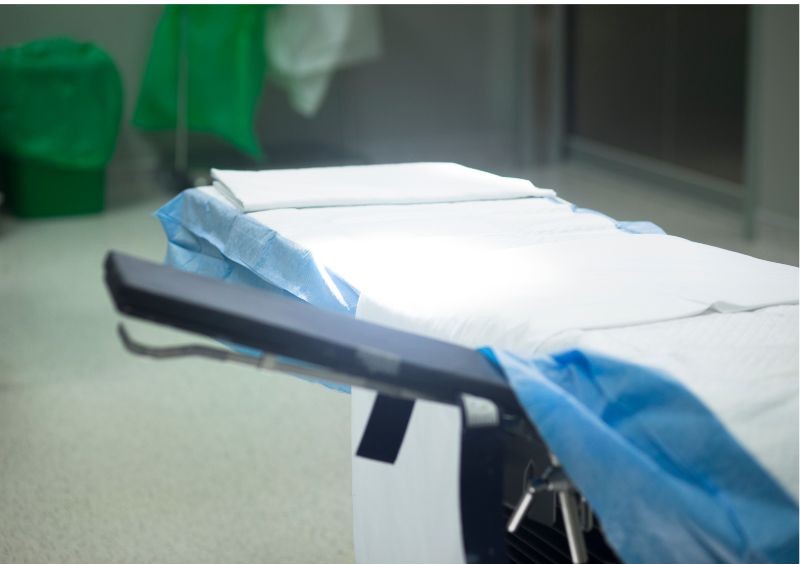
Clear training for clean rooms
Simple training helps teams do it right every time.
- Donning the cover
- Wash hands
- Unfold and find head mark
- Place top edge first
- Smooth to foot end
- Tuck sides if needed
- After the case
- Peel from the head end
- Roll inside out
- Keep fluids inside the roll
- Toss in the right bin
- Wipe table and dry
Print this on a card in each case. Keep the steps short.
How to choose the right cover
Use this easy guide with staff and buyers.
- Case length
- Short cases: standard sheet
- Long cases: extra absorbent zones
- Fluid level
- Low: light sheet
- Medium: SMS top with pad zones
- High: SMS+PE base or full barrier back
- Table size
- Measure width and length
- Add 5–10 cm for tuck or overhang
- Room flow
- Many turns: roll packs
- Few turns: single packs
Good fits reduce waste and save time.
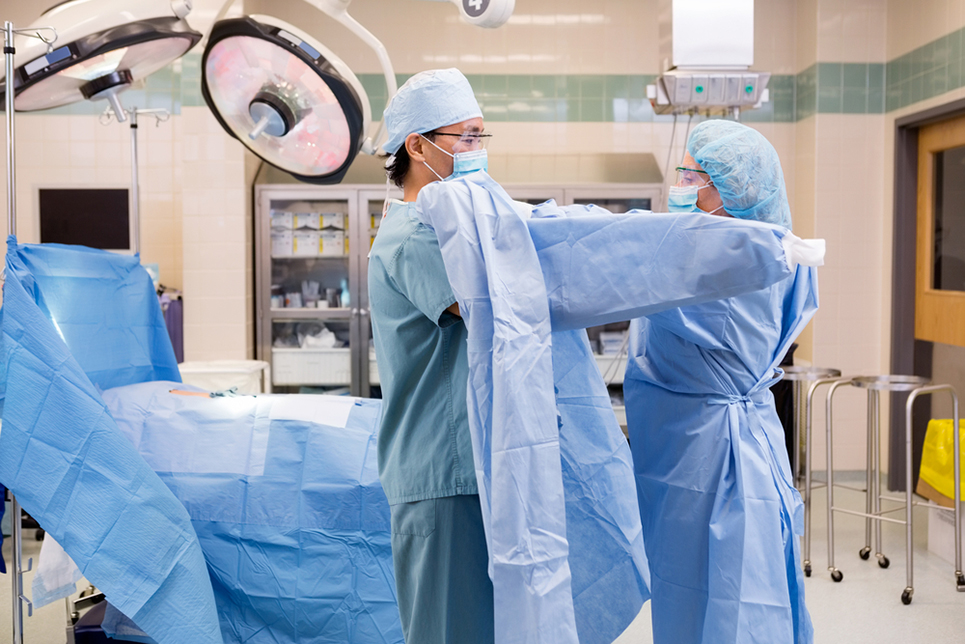
Key numbers to track
Share results in simple terms. This helps teams improve.
- Cover placement time per room
- Change time after each case
- Wet-through events (goal: zero)
- Tears per 1,000 covers
- Staff rating on fit and feel (1–5)
Small wins each week turn into big gains each year.
Align with the full room setup
The cover is part of a safe system. Match it with the right support items.
- Table barrier: Disposable medical bed sheet with hydrophilic non woven coated waterproof film
- Strong drape: High quality disposable non woven SMS bed cover
- Hybrid barrier: Disposable SMS+PE bed cover for hospital
- Team wear: Sterile surgeon gowns, disposable surgical isolation gown
- Patient moves: Disposable patient transfer slide sheet with handles
When these parts work as one, rooms stay clean, and turns stay fast.
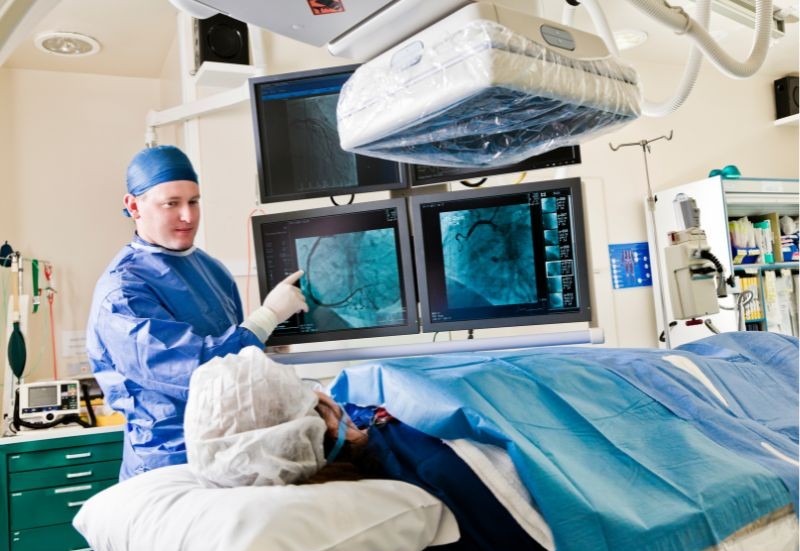
Simple messages that sell
Keep your lines short. Use plain words. Aim for one idea per line.
- “Cover. Protect. Turn fast.”
- “Soft top. Strong base. Clean room.”
- “Place in 30 seconds.”
- “Hold spills. Cut mess.”
- “Right size. Right price.”
Put one strong line at the top of each sheet and page.
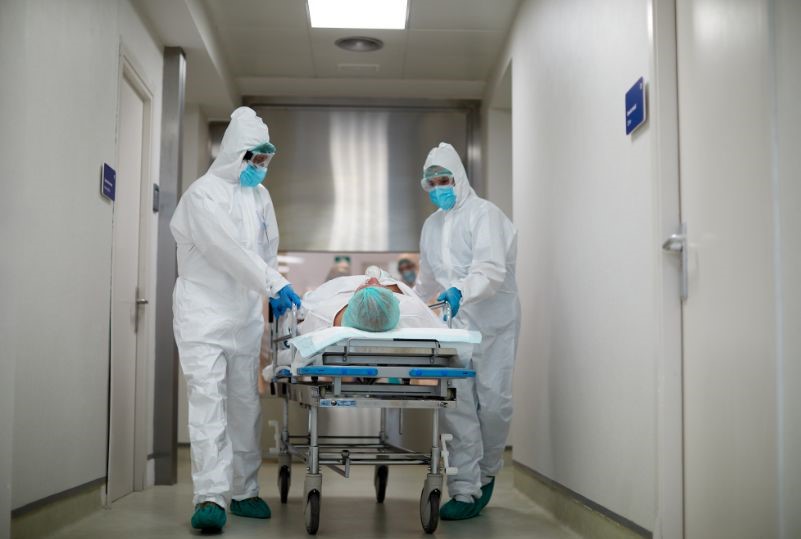
Final thoughts
You now see the Emerging Trends and Market Opportunities in the Operating Table Cover Industry. The path is clear. Build covers that place fast, hold fluids well, and feel soft. Use smart packs and clear labels. Offer bundles that fit each care site. Train with simple steps. Track a few numbers and improve.
When you follow these points, you win trust. You speed up turns. You lower waste. That is how you grow in the operating table cover industry today.










